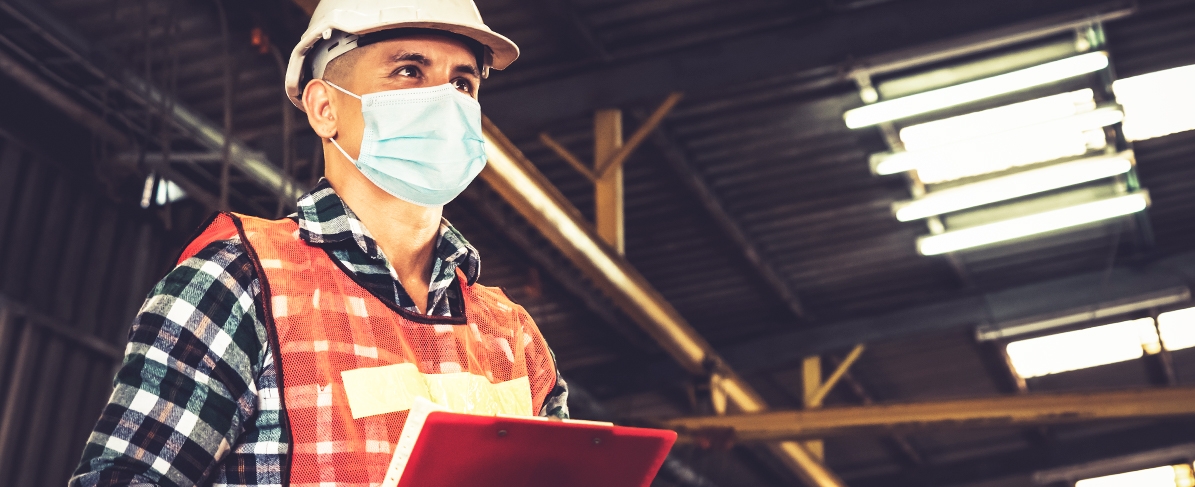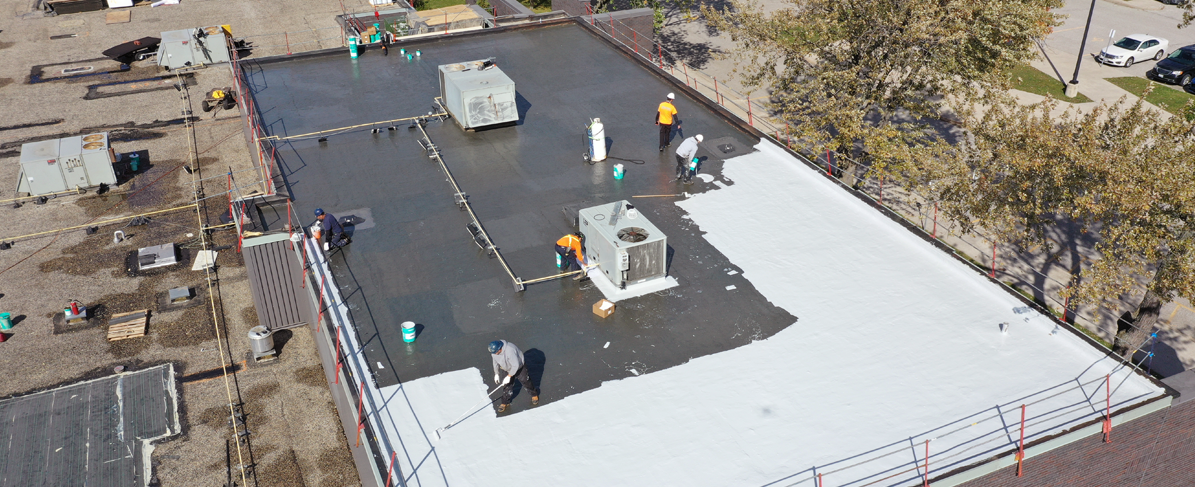When a building is left vacant for an extended period of time, indoor air quality (IAQ) can suffer, impacting the health and wellness of the occupants upon their return.
Facility managers can aid in the safe reopening of their structures through specialized preventative and routine maintenance. We will discuss some of issues that can arise when buildings remain unused and identify the proactive steps to prepare for a smooth transition back to full operation.
Indoor Air Quality Issues with Dormant Buildings
Over time, IAQ can deteriorate when a building is left dormant, directly effecting the safety of tenants and visitors. These problems include:
- Humidity issues which can lead to mold
- Spread of waterborne microorganisms through drinking fountains and air conditioning units
- Infected cooling towers which can spread waterborne pathogens
- Infected interior occupied spaces
Moisture in the building (evident through mold or pooling water) can lead to Sick Building Syndrome (SBS) characterized by coughing, headaches and breathing difficulties. Not addressing these challenges can also increase the likelihood of spreading viruses.
Preventative Maintenance
 Preventative maintenance extends the life of your building and its equipment. In terms of IAQ, managing these items throughout the building’s closure
Preventative maintenance extends the life of your building and its equipment. In terms of IAQ, managing these items throughout the building’s closure
Inspection and cleaning of HVAC systems, plus handling any needed repairs will assist in a faster, more confident reopening:
- Maintenance of cooling towers and other mechanical systems
- Disinfection of interior spaces, including ductwork and waterlines
- Environmental surface testing
These actions can identify mold and allergens, contaminant risk, moisture, temperature and humidity levels to determine appropriate remediations. Successful repairs will help validate and clear your facility for reopening.
Ongoing Mitigation of Problems
Preemptively handling the sources of indoor air quality issues allows building owners and facility managers time to create a comprehensive plan to return to previous occupancy levels, integrating energy costs and social distancing factors into the transition.
Continuous maintenance and real-time monitoring are critical after operations resume to address any IAQ concerns and occupant wellbeing. Note the ongoing regional and national safety measures to ensure compliance and communicate any changes to employees and visitors.
Routinely reviewing your building for indoor air quality issues is critical to protecting both the investment in the structure, and more importantly, the health and wellness of its occupants. Long-term closures should be used wisely to proactively address sources of existing or potential problems, offering peace of mind to individuals and stakeholders that the building is safe for their return.






